


The first Duck Detective game is a fun cozy little mystery point and click adventure. The second follows along the same lines, with a slightly darker storyline and increased stakes. It's still fun and enjoyable, and light enough that it's still parent safe. It did add a couple QoL features, which serve to make an already smooth experience even more polished. Definitely looking forward to a hopeful third title.
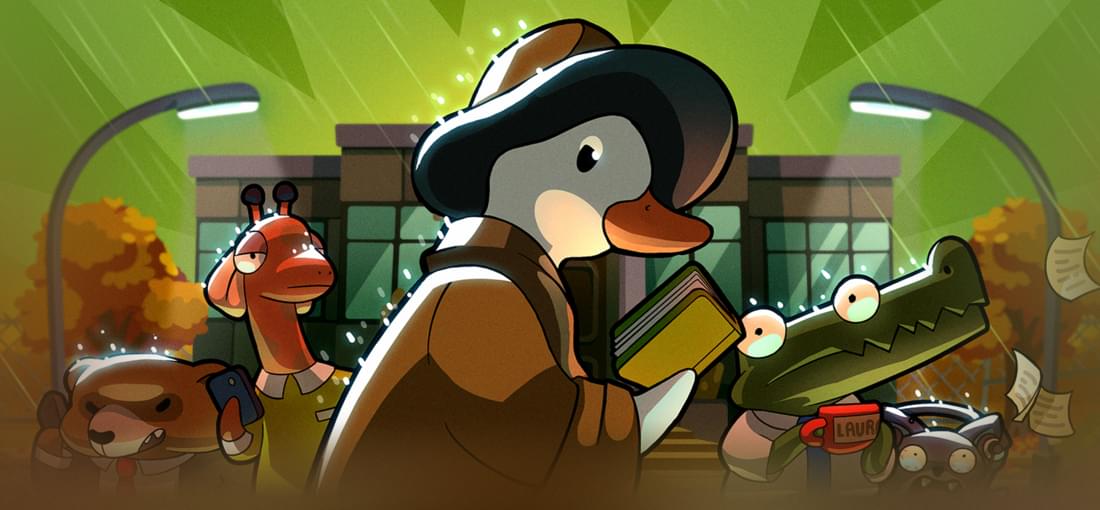
Note: I was introduced to this game by the youtube channel PushingUpRoses. Being a fan of the mystery genre, I tend to gravitate towards the occasional mystery-driven point and click game. The Duck Detective is right there. Colorful and cute, with a cozy mystery to solve, funny characters to interact with, and lots of bread. At the same time, the gameplay is just the right balance of simple and deep enough to keep interest for the couple of hours it takes to uncloak the secrets and find out whodunit. The voice acting, graphics, and level design are all solid, and everything combines to make for a great rainy Saturday afternoon.
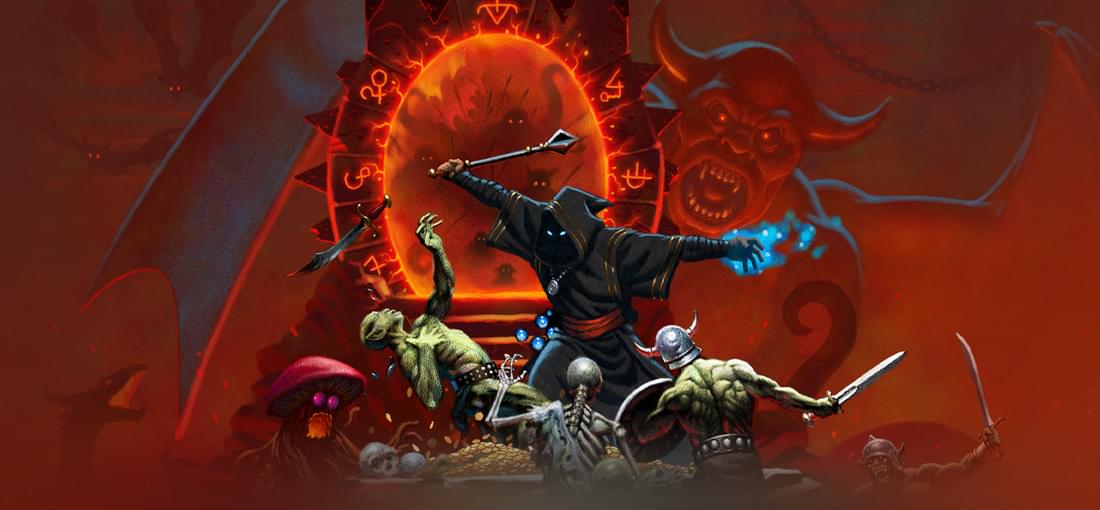
Wizordum harkens back to a simpler time, when men were men, and you never needed more than 64K of RAM (38,911 bytes free). Owing it's look to the classic Catacombs series of FPS games, and borrowing heavily from the later Heretic and Hexen, Wizordum is just plain, old school fun. It is in early access, but it seems mostly complete and bug free; I haven't run across any real issues yet. It is a bit gory, even with a cartoony style, so parents might want to watch their little ones. My cats on the other hand seem fascinated by it, and try to kill the goblins and zombies and other monsters along with me. Like Hexen, you have (as of present) two classes to pick from; Cleric which is a disciple of the Big Honkin' Mace (BHM), and Sorceress, disciple of setting things on fire. Cleric can probably be seen as an additional level of difficulty over the standard difficulty modes. Additional magical weapons, spells, and artifacts round out your abilities. It is old school, and it doesn't hold your hand any; you will get lost, even with a map, though it's not, at least as far as I've gotten, terribly difficult on normal difficulty. All in all, it's a fun way to let off some stress by using a BHM to bash in some monster skulls.
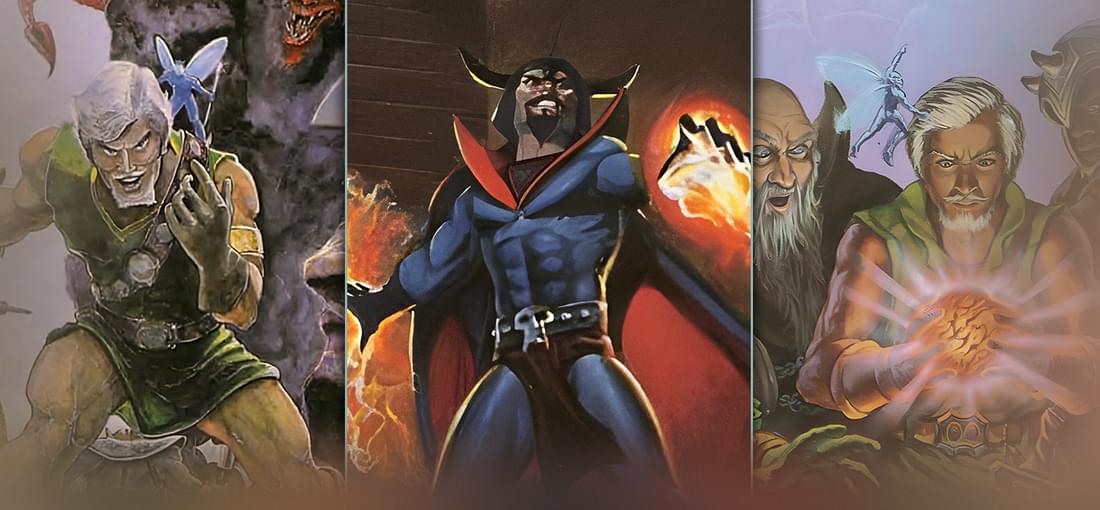
I'm a bit biased, as one of my earliest gaming memories is the Phantasie series, notably Phantasie III, where your characters can get beheaded, backs and necks broken like the Iron Sheik was there, and so on. Even so, for the era, Phantasie is an unusually solid series. Compared to it's contemporaries, Bard's Tale and Wizardry, which I do love, Phantasie is stuffed with world building and detail other more famous RPGs lacked. A number of scrolls in each game give clues and expand the world you're exploring to more than just featureless dungeons, and the dungeons themselves are logically laid out, rooms and caverns giving you descriptive details about them, choices to be made, and knowledge to be gained. Few games of this era even had information to give, much less given as a reward for rescuing an NPC. Only Ultima was more detailed, and that only by the (excellent) fourth entry. Combat is a standard Wizardry-style menu driven affair, though well done. Classes and characters are pretty much standard AD&D based, Fighter, Wizard, Priest, Thief, Ranger, and Monk, though the Monk isn't the unarmed combatant of later Bard's Tale and wizardry design. The big difference is the races, while you have the usual Elf, Human, and Dwarf, and so on, you can also create a random race character, with Minotaurs, Sprites, Pixies, Orcs, and other monsters as options. One weakness of this collection is the choice of game versions. Phantasie I and III are the horrid CGA DOS versions; no CGA composite mode even, just 4 color nauseating CGA. Phantasie II is run through an Apple II emulator. This means that you can't transfer a party through the entire series, but more importantly, there are better versions. The Atari ST for example had all three games available, with much much better graphics, and even mouse support. The Amiga at least had 1 and 3. It is also missing documentation, though readily available elsewhere, it shouldn't have been left out. Still worth the price, IMO.
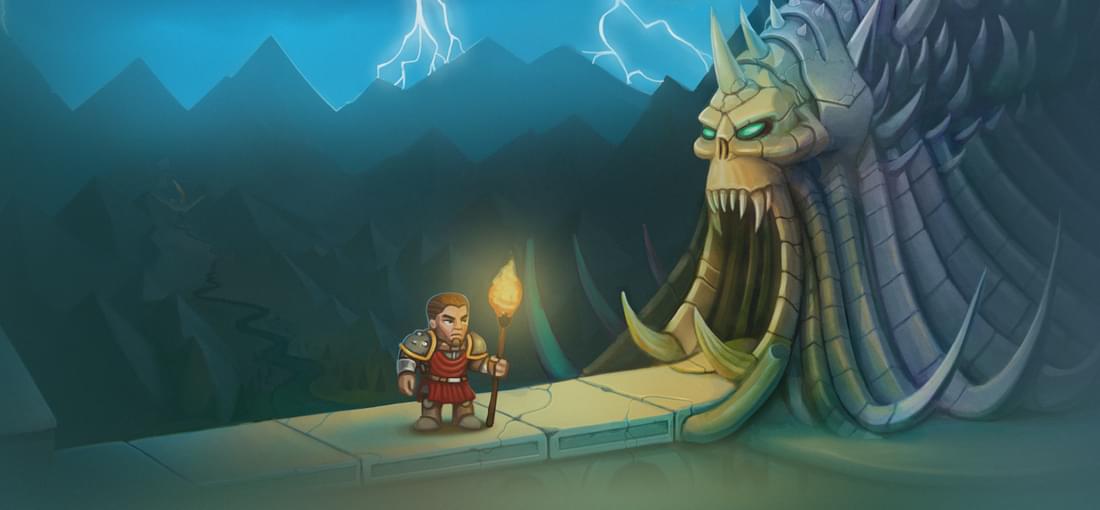
ADOM is a game that goes way back. Back further. Yes further... you've gone too far! Setting the scene, circa sometime in the dark ages of the 1990's. Might and Magic 6 and Baldur's Gate had yet to be released. The mighty Commodore has fallen to massive management incompetence. Amiga is dead. Atari is dead; the Falcon and Jaguar marketplace failures. Micheal Jordan was dominating the courts, and the squared circle had tales of Four Horsemen and the NWO, Stone Cold and the Undertaker. Frasier was on the air. Yes, I'm listening. During these days, I gained access to the wonderful, weird, and wide world web, or the internet. Via anti-American terrorist organization AOL, but that's another topic. And I wanted GAMES! Roguelikes, being complex and challenging little RPGs that generally can be obtained freely, were right up my alley, and ADOM was the cream of the crop. Complex, detailed, with an interesting batch of mechanics that most games, even AAA ones, lacked even a fraction of the quality. ADOM has been a mainstay on my computers since, joining Heroes of Might and Magic 1, 2, and 3, Might and Magic 6, 7, and 8, Dwarf Fortress, and Sim City 2000 among others. It's something I hop into regularly, sending numerous would be heroes to their inevitable dooms. Well worth the purchase, just to pay back all those years of entertainment.
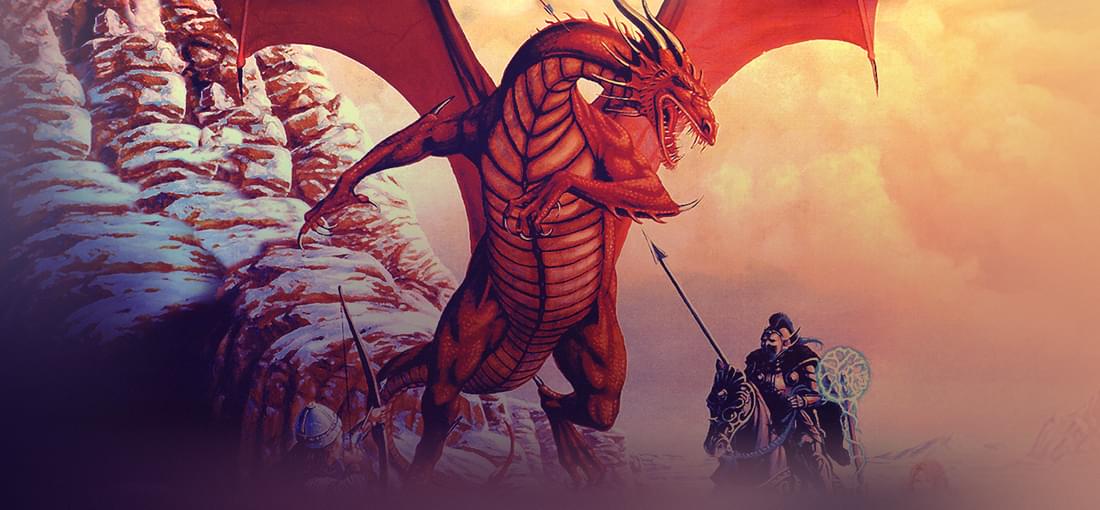
This includes 7 games; Might and Magic 1-6, and Swords of Xeen. Might and Magic 1 and 2 are a lot harder to get into, being late 80's cRPGs leaning heavily on the Wizardry style. They're stuffed full of stuff to find, especially compared to it's forbears, and 2 even adds an automap. But they still rely heavily on grind to progress, and with a lot larger world and more to do, that grind adds up tremendously. Starting with 3, it transitions into more a hybrid of Dungeon Master and Wizardry. Grind is all but eliminated. Early combats (especially those Moose Rats!) are more difficult, but the challenge blends to a comfortable level quickly; neither too hard, nor too easy. Also starting with 3, automap and notes make things a lot easier to progress. The Graphics, sound, and UI hold up well today, being clean and intuitive. 6 saw the series transition to a full 3D world. Character creation was heavily simplified in one aspect, but made more engaging by the new skill system as well. Graphics, being early 3D, don't hold up as well as the last couple of 2D titles, but are still clear and not bad. This does work in WINE, but not Windows. GoG has decided to stop selling functioning games, unfortunately, but you can install a much better OS and WINE without issue.
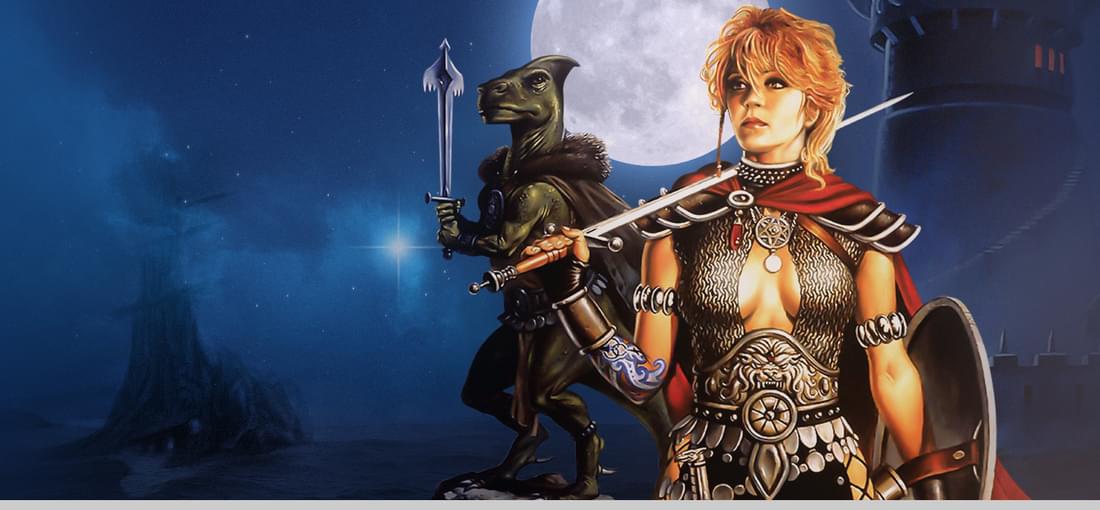
This set includes 7 Gold Box games, plus Hillsfar. Hillsfar kinda sucks. Sorry. But the 6 Gold Box games range from great to really great. That said, these are old, hardcore cRPGs. They don't hold your hand. They stab you in the buttocks. Graphics are mid-80's for the most part, and even the later titles don't really hold up as well as other contemporary titles in terms of graphics and sound. The UI remains clunky and unintuitive. Pool of Radiance, if you get past the cruder than the rest of the gold box games UI and graphics, is perhaps the best cRPG of the series, one of the best from the 80's, and one of the best period. I've spent the last decade trying to get Dungeons and Dragons Online devs to consider converting PoR for a classic quest pack (or expansion). It is just stuffed full of Forgotten Realms lore, challenging but fun combats and puzzles. It is one of those rare titles that makes you want to not sleep until it's done. Then you want more. Much more. Curse of the Azure Bonds is almost as good. The series started to fall slightly here, as Secrets of the Silver Blades and Pools of Darkness were mere shadows of their predecessors. This still makes them some of the best cRPG experiences you will find out of the late 80's/early 1990's. The other set is the Savage Frontier games, made late in the GB engine's life, feature improved, if still archaic, graphics and much better sound. Gateway is a bit unbalanced, thanks to some over-powered gear, and Treasures may be the first game to feature a romance-able NPC. I feel they're better than Secret and Pools of Darkness, and the mild UI improvements make them much easier to get back into versus Pool of Radiance and Curse. The final title isn't a game, but a creation tool for making games built in the Gold Box Engine. The Unlimited Adventures engine is pretty solid for it's time, and a ton of modules have been made for it. Well worth checking a few out.
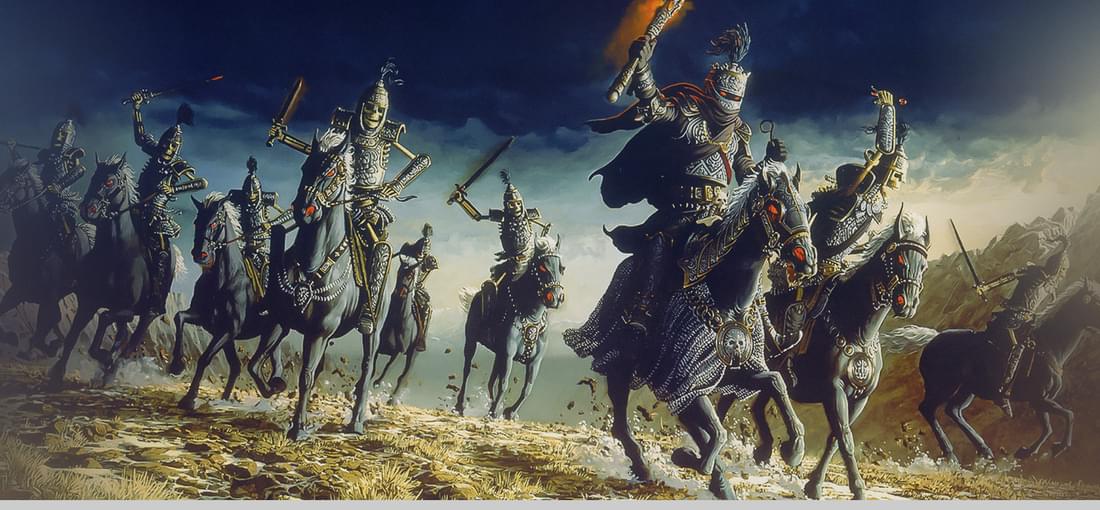
This set contains three of the lesser, but still good "Gold Box" RPGs from famed publisher Strategic Simulations Inc. While by this point the engine was showing it's age, especially with the last game 'Dark Queen of Krynn', it still has some of the best combat of any of the early RPGs. For those not familiar, Krynn is the world of the Dragonlance setting, for Dungeons and Dragons. At the time of these games' releases, the rules system was in it's Advanced Dungeons and Dragons era, straddling the 1E and 2E versions of the system. AD&D was a bit clunky, rules and lawyers heavy, and had THAC0. It was not where near as refined as the 3.x edition of the ruleset, though vastly superior (like everything except FATAL) to 4E. The Gold Box engine utilized a Wizardry-like first person exploration with a 6 character party (with a few slots for npcs). Combat was, unlike Wizardry and it's many derivatives, on a isometric tactical map. This gave the Gold Box games the best combat system out of any of the major cRPG series in the 80's. By the 90's it was growing stale, as around a dozen games and an early MMO shared the basic engine. It was also more heavily story driven than many contemporaries. Games like Wizardry and The Bard's Tale had bare framing stories, and little lore in the game. Champions of Krynn was by far the best, with a great story and challenging combats through to the end. Death Knights wasn't quite as good, and Dark Queen seemed like an effort to cram as much high level stuff into the engine as they could, but both are still worth a play through. All this said, if you're a jabroni who needs bright and shiny arrows to point the way, this series ain't for you. It's brutal, unforgiving, and you have to figure out the way to go for every single step. It is not accessible at all, and the graphics and sound have not held up at all. The UI remains clunky as well. Still, if you love RPGs, these are classics for a good reason. Check them out.